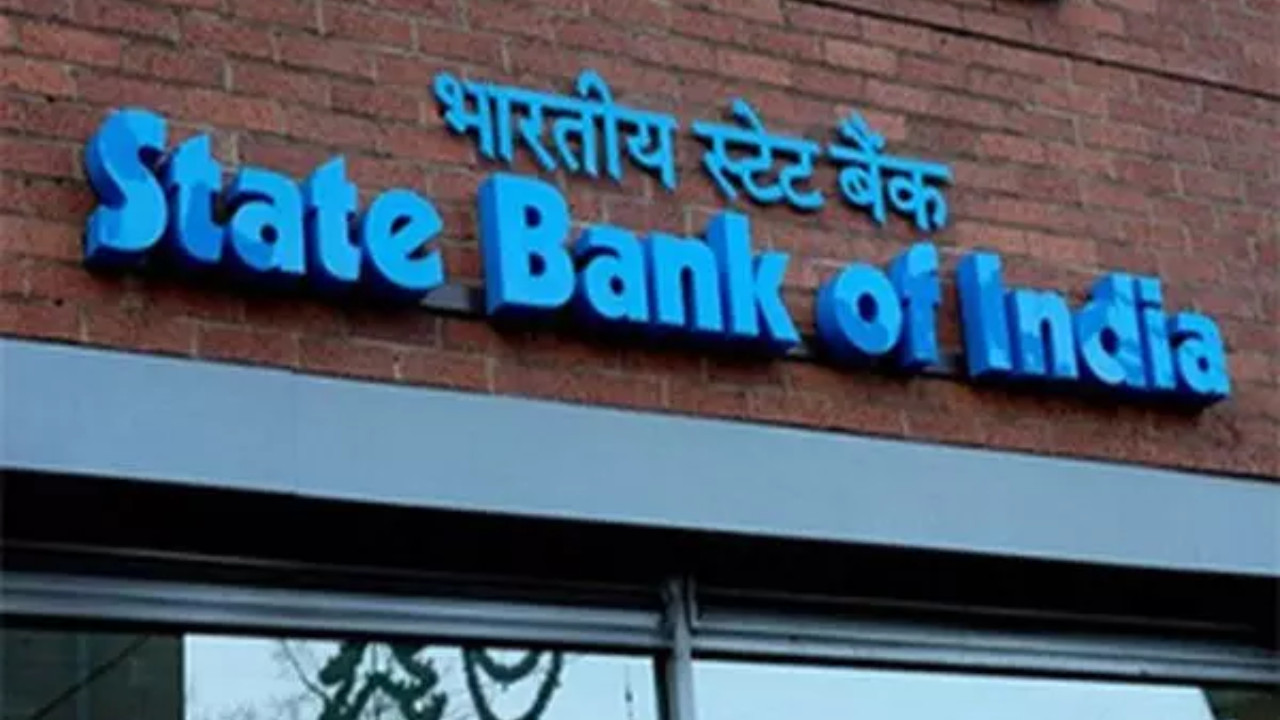Navigating the Credit Card Landscape: SBI Card’s Q1 Performance
The world of finance never stands still. From market fluctuations to evolving consumer behavior, businesses must constantly adapt to stay ahead. SBI Card, a major player in the Indian credit card market, recently released its financial results for the first quarter, offering a glimpse into its performance and the broader trends shaping the industry. The numbers reveal a nuanced picture, one that signals both challenges and opportunities for the company.
While SBI Card reported a net profit of ₹556 crore for the quarter, this figure represents a dip compared to the ₹603 crore recorded in the same period last year. It’s natural to ask why. Several factors could be at play, from increased operating expenses to shifts in consumer spending habits. Understanding these contributing elements is crucial for grasping the overall health and future trajectory of the company.
One potential factor impacting the bottom line could be the rising costs associated with acquiring and retaining customers. In a competitive market like credit cards, companies often invest heavily in marketing and promotional offers to attract new users. These investments, while necessary for growth, can eat into profit margins.
Decoding the Numbers: Revenue and Expenses
Delving deeper into the financials, we see that SBI Card’s total revenue from operations increased to ₹4,326 crore, up from ₹3,263 crore in the corresponding quarter of the previous year. This growth in revenue is certainly a positive sign, indicating that the company is successfully expanding its customer base and driving card usage. The key, of course, is ensuring that this growth translates into improved profitability.

However, a closer look at the expense side reveals a significant increase. Total expenses jumped to ₹3,611 crore in the first quarter, compared to ₹2,524 crore in the same period last year. This rise in expenses is a significant factor in the profit decline. Understanding the specific drivers of these increased costs is essential. Were they related to technology upgrades, regulatory compliance, or increased marketing spend? Identifying these expense drivers will provide a clearer understanding of the challenges SBI Card is facing.
The Impact of Asset Quality and Provisions
Another key metric to watch is asset quality. SBI Card’s gross non-performing assets (NPA) stood at 2.31% in Q1, slightly higher than the 2.24% reported in the same quarter of the previous year. Net NPAs also saw a marginal increase, rising to 0.89% from 0.78%. While these increases are relatively small, they warrant attention. Rising NPAs indicate that a larger portion of cardholders are struggling to repay their debts, which can impact the company’s profitability and overall financial health.
In response to these asset quality concerns, SBI Card has increased its provisions for bad loans. Provisions act as a buffer, allowing the company to absorb potential losses from delinquent accounts. The level of provisioning reflects the company’s assessment of the credit risk within its portfolio and its preparedness to manage potential defaults. Prudent provisioning is crucial for maintaining financial stability in the face of economic uncertainty.
Looking Ahead: Strategies for Growth and Profitability
So, what lies ahead for SBI Card? The company faces the challenge of balancing growth with profitability in a rapidly evolving market. To succeed, SBI Card will need to focus on several key areas. One critical area is managing credit risk effectively. This includes refining credit scoring models, implementing robust collection processes, and proactively identifying and addressing potential problem accounts.
Another important aspect is enhancing customer engagement and loyalty. In a competitive landscape, it’s crucial to offer compelling rewards programs, personalized services, and seamless digital experiences to retain existing customers and attract new ones. Investing in technology and data analytics can help SBI Card better understand customer needs and tailor its offerings accordingly.
Finally, SBI Card needs to carefully manage its operating expenses. While investments in growth are necessary, the company must also focus on improving efficiency and streamlining its operations to control costs. Exploring opportunities for automation, outsourcing, and process optimization can help to reduce expenses without compromising service quality. You might also find some interesting ideas on strategies for financial health on our [Financial Planning Tips](internal_link_to_financial_planning) page.
In conclusion, SBI Card’s Q1 results paint a complex picture of challenges and opportunities. While revenue growth is encouraging, the dip in net profit underscores the need for careful cost management, effective risk mitigation, and a continued focus on customer engagement. Navigating the evolving credit card landscape requires a strategic approach that balances growth with profitability, ensuring long-term sustainability and success.







